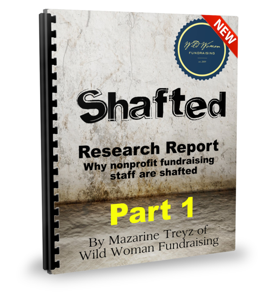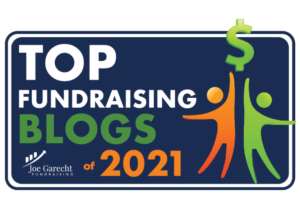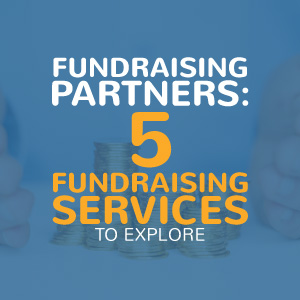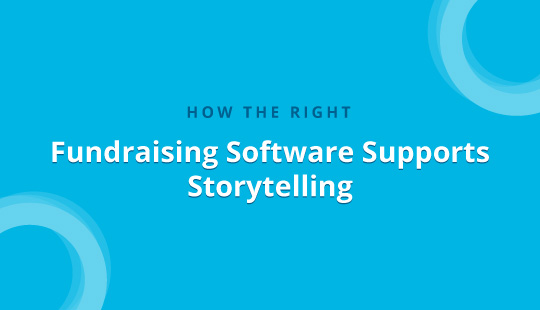Guest Post by Mazarine Treyz of Wild Woman Fundraising
This week I’m pleased to present a terrific guest post by Mazarine Treyz of Wild Woman Fundraising.
Are you wondering why you’ve felt so scattered lately?

Image: Mazarine Treyz
Why you can’t get the grants done, the events done, the appeals done, and go home at a reasonable time?
Why you always feel like you’re running behind?
Are you almost fed up and burnt out?
There is an answer.
It’s not that you just need more hours in the day, or more days in the week.
It’s not that you just need two more arms or an extra brain.
What is the answer?
Nonprofit fundraising staff are set up. Often, the job you are tasked with doing is burdened by things other than too many duties. You may also be facing:
- Massive fundraising staff turnover in the last 5 years, PLUS
- A long lag time between fundraising staff, resulting in disgruntled, ignored donors
- No record of what’s been done, caused by lack of systems
- No culture of philanthropy, which leads to unrealistic fundraising expectations by senior leadership, and more
Soon enough, all of these factors make YOU feel like leaving too. And the cycle begins again.
The average tenure of a fundraising staff person is 12-18 months. Constant fundraising turnover is not just appallingly wasteful from an HR perspective, it’s appalling from a human perspective. It’s a waste of creativity, relationships, and effort. And this can mean your organization never really raises the money it needs to raise. Let me explain.
If your fundraising staff stays, on average, 12-18 months, why would they want to cultivate long-term donor relationships for your nonprofit?
The effect of fundraiser turnover starts to snowball.
- Because there are months or years when no one is stewarding donors or sending out appeals or grants, you will have fewer donors.
- When you have fewer donors, there’s less money for your programs and salaries.
- Now you can’t afford to hire a fundraiser with experience. And the inexperienced person you hire has to struggle even harder to make headway in a shop where there’s no money to train them, no one to mentor them, no documentation of what has been done, and the donors are drifting away.
- After the inexperienced person tries and fails to raise enough money for your nonprofit, then program staff jobs will be cut.
- Finally programs will be cut. Even if your nonprofit doesn’t close, those you serve will be the ones who suffer.
Fundraising turnover is like killing the goose that lays the golden eggs.
If you are a nonprofit leader and you care about your mission, your own job, and the financial health of your nonprofit, you need to pay attention to fundraiser turnover. As the AFP Oregon 2013 survey says:
“Fundraising turnover may be like the canary in the coalmine. What else is off track?”
Often, I get emails from fundraising professionals that go like this:
“I’m the only development staff person. No support staff, difficult to find volunteers, and when I do they don’t stay around.
The board REFUSES to get any training in fundraising!
I have no strategic plan to tie fundraising to.”
Does this sound like someone you know?
After the Underdeveloped Report by Compasspoint and The Haas Jr Fund came out in January 2013, I felt we needed to look more deeply at the problems and solutions for fundraising professionals and nonprofits. I created a research report called Shafted, Why Nonprofit Fundraising Staff are Shafted, and what we can do about it.
You can download Part 1 of the research report here.
Please use the contact form on the download page to send me your comments. Can’t wait to hear what you think!
About Mazarine Treyz: She is the author of three books, the most recent, out in April 2013, is “Get the Job! Your Fundraising Career Empowerment Guide.” Mazarine has taught thousands of people how to fundraise through workshops, webinars, and e-courses since 2010. Her blog has 30,000 monthly readers. Get her free newsletter on fundraising here.







